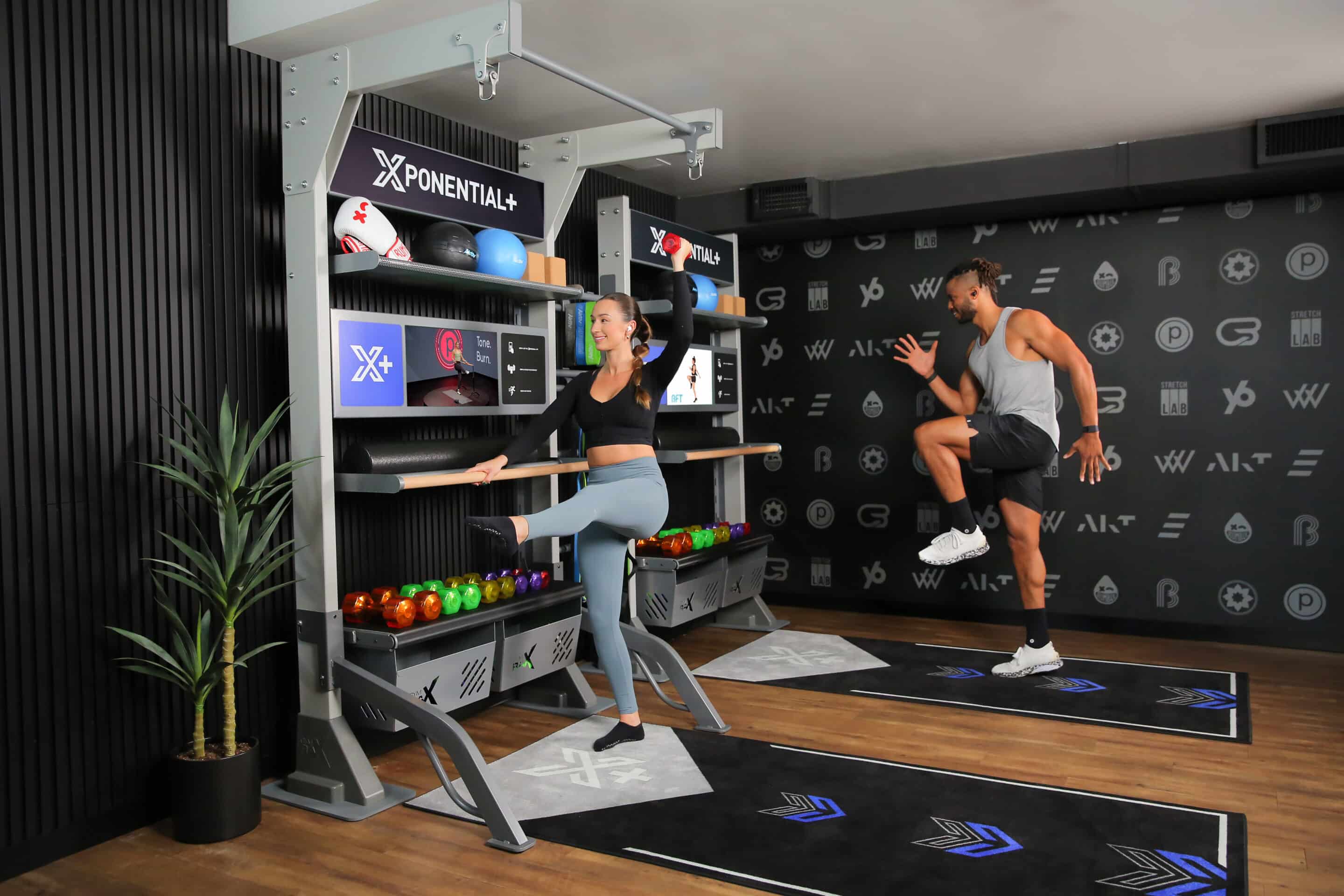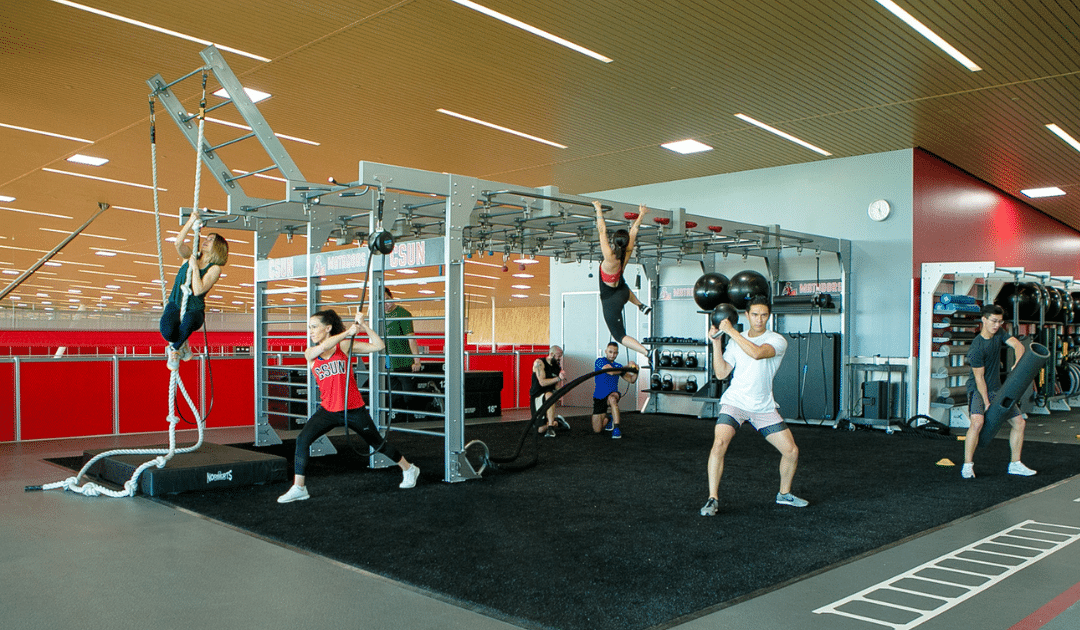It’s more important than ever before for campus recreation fitness facility design to appeal to trends in the industry, and of course the students they are meant to serve.
Recent studies show that just 40% to 50% of college students are physically inactive. More importantly, health and physical activity professionals in higher education have not been able to effectively increase students’ physical activity behaviors.
This inactivity is concerning for several reasons. First, it is very important to remain physically fit to avoid health issues, and disease and build strong immune systems. Second, students are dealing with not only the stress of classes and new life decisions they are facing as young adults, but are also experiencing environmental factors and traumas unlike ever before, so they need to remain strong and resilient. Third, this is also the time when individuals develop lifelong habits, and one of those habits must be physical activity.
What can be done to increase physical activity among students? There are three critical considerations campus recreation operators must consider when designing the right exercise experience for college-age individuals today:
1. Make it Fun, Immersive, and Engaging!
The massive growth of the boutique fitness industry is in direct response to demand from the fitness community. Gone are the days of walking into a cavernous, loud space of clanking barbells and machines that half the population doesn’t know how to use.

Students demand a more personal, guided, and connected experience—something that takes the mind off what’s at hand and becomes immersive. Students use the rec center as an escape and break from classes and stress.
Offer unique branded fitness experiences with enthusiastic and talented coaches, supportive participants, and consistent yet effective exercise formats for the win.
One option is Xponential+ Functional Fitness, powered by Aktiv. Modular studio formats support both personal and communal workouts from the world-class Xponential+ digital experience, providing a connected, engaging and fun experience every time.
2. Activity Must be Accessible and Non-Intimating
There is nothing more uncomfortable than walking into an intimidating and intense exercise environment, feeling out of place and now knowing where to start. For a rec center to be successful, you must take out the guesswork. How?
Workout spaces must be easy to manage, non-intimidating and intuitive. A space with all the equipment that’s needed for the workout at hand, and guidance that walks the user through the movement is ideal.
Outside of one-on-one personal training or classes, digital guidance is a must. For this generation, it’s a non-negotiable. People want to walk in and get connected to a results-driven workout.
3. Create a Community
More than anything, most college-aged individuals want to be part of a group – a community.
This is the draw of boutique studios where the very nature of the space creates a social fabric. When a workout space facilitates this connectivity, and the environment and format itself drive individuals to support, assist and cheer on each other, you’ll build a strong community that people will want to return to again and again.
Rec center operators have an opportunity – and a responsibility – to begin to change the inactivity statistic and get college students moving. And the foundation of that is a well-designed space.
Contact Aktiv today to learn more about how you can achieve this.

